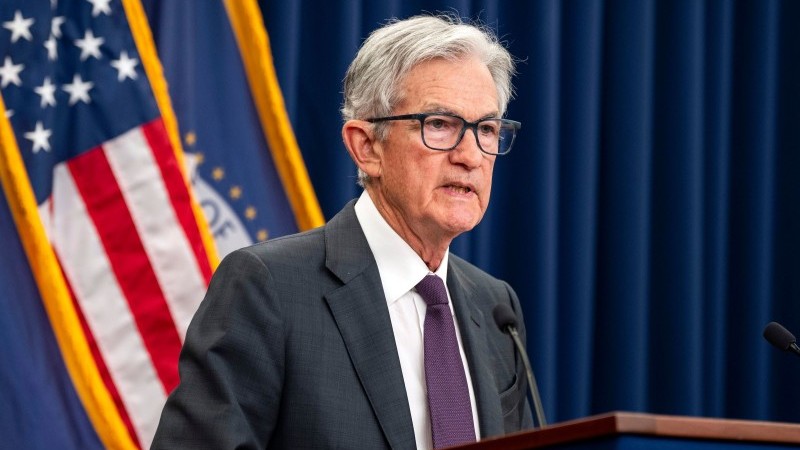Chair Powell at Jackson Hole:
“Risks to inflation are tilted to the upside, and risks to employment to the downside—a challenging situation. He noted that when our goals are in tension like this, our framework calls for us to balance both sides of our dual mandate. Our policy rate is now 100 basis points closer to neutral than it was a year ago, and the stability of the unemployment rate and other labour market measures allows us to proceed carefully as we consider changes to our policy stance. Nonetheless, with policy in restrictive territory, the baseline outlook and the shifting balance of risks may warrant adjusting our policy stance.”
This was dovish than we in rates strategy thought he’d be. He did not object to a rate cut at all. Obviously, he is keeping his options open, but the key move was the downsizing of the tariff-induced inflation risk, mostly on account of a weakening labour market. The big impact market reaction to “shifting risks may warrant adjusting policy” mostly reflected a growing market fear into the speech that Powell could have been outright hawkish. Front-end yields are lower in yield (sub-3.7%), likely structurally. The 10yr yield too (nearing 4.25%). And the probability for a September cut is back up to 90%, having been at sub-70% prior to his speech.
There is a clear yield curve steepening impulse from this. The front end now has Chair Powell on its side, and yields there should stay down. The market is anticipating an ultimate move towards 3% for the effective fund rate, so the 2yr at 3.7% is still some 70bp above this future floor. The long end is not loving this, though. The 30yr yield is back up to where it was at 3.9%. This likely reflects a suspicion that the Fed could be taking risks with inflation here.
The renewed threat this morning from President Trump to fire Fed governor Lisa Cook (for allegedly falsifying bank documents) is another ingredient to consider, as the Trump quest to morph the Fed dovish continues. The front end won’t care about this, as it is slavish to where the fund rate goes. But the back end is a deeper thinker, and can worry about second and third round effects, and especially on medium-term risks potentially being taken on inflation.
The net impact here is a steeper curve, and from both ends is shaping up as the likely prognosis ahead.
